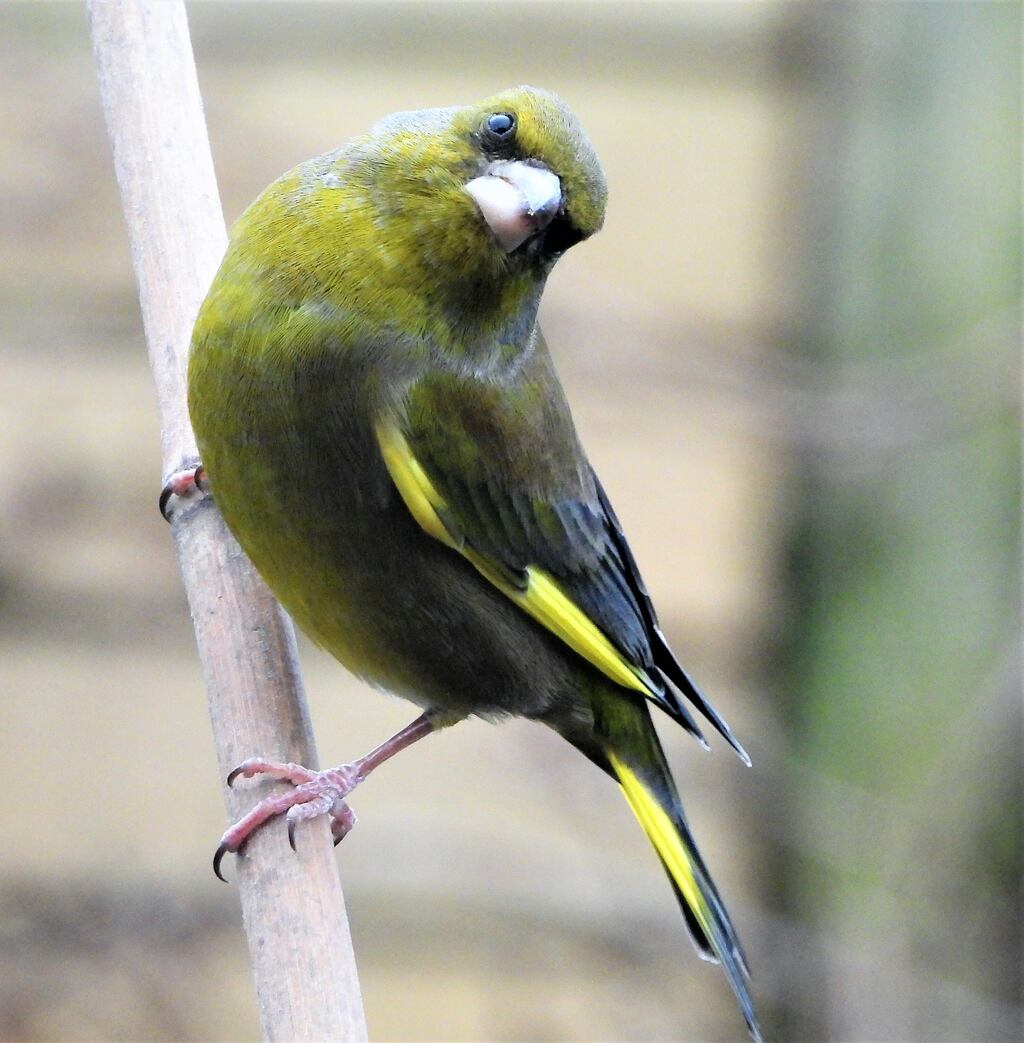This greenfinch was in my garden. Are they on the endangered list? – Niall McNeill, Co Dublin.
Birds of Conservation Concern in Ireland (BoCCI) is an assessment of the conservation status of all regularly occurring birds on the island. The greenfinch is on the 2022-2026 amber list (birds of medium concern). The breeding population has seen a recent decline of 48 per cent, probably caused by the Trichomoniasis disease, which makes their throats swell so that they can no longer eat. This disease is caused by a protozoan parasite which easily spreads from one bird to another at garden bird feeders. To minimise the spread of infection, it is important to clean all feeders and water dishes thoroughly on a regular basis (at least every two weeks).
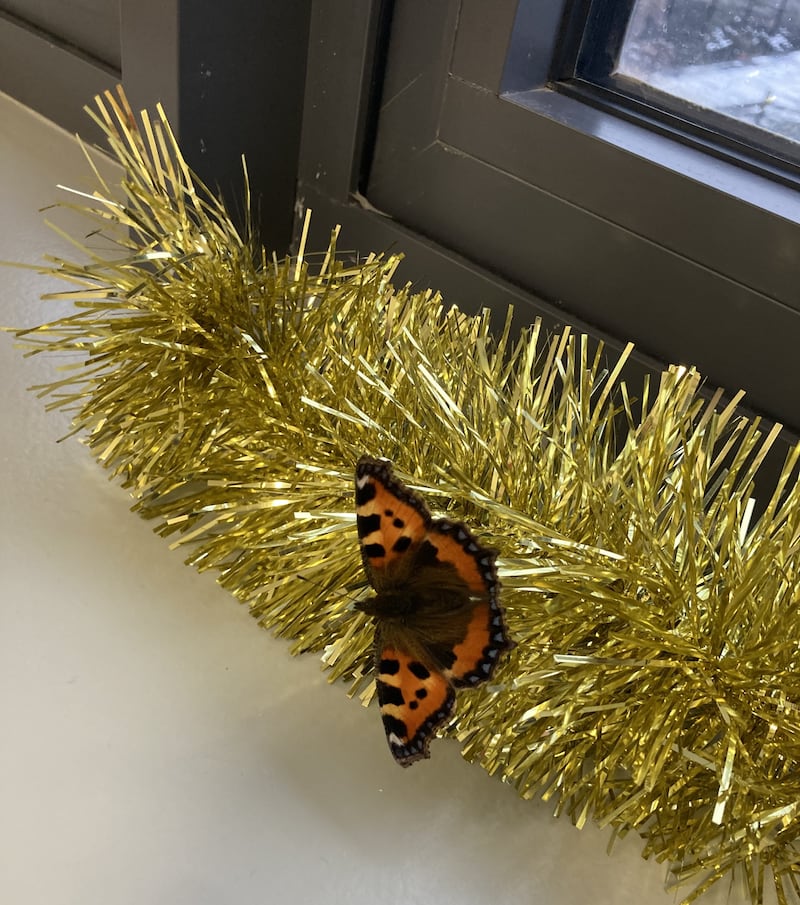
Just before Christmas we found this small tortoiseshell butterfly sitting peacefully on some tinsel in our classroom. We carefully caught it and set it free out the window. As we did, a wagtail swooped down and caught and ate it, much to the shock and disappointment of the 4th class pupils! Should we have kept this butterfly indoors? Also, was it not very late in the year for this butterfly to be around? –4th Class St Mary’s Primary school, Donnybrook.
The small tortoiseshell butterfly overwinters as an adult. It usually tucks itself away in an undisturbed corner of an attic or disused room. The Christmas shenanigans in class woke it up and it must have felt spring had come early in the warm classroom. Ideally a feed of sugary water and gently putting it back in a corner of another room might have encouraged it to go back into hibernation.
READ MORE
Why do “Willy wagtails” always stay and forage on the cement/gravel paths and never on the grass verges? – S O’Toole Clondalkin
Less competition here. This common wagtail – the pied wagtail – feeds on flies, beetles, moths and other insects. It is superbly adapted to twisting and turning in flight and often catches insects on the wing, as the pupils of St Mary’s school found out. The long tail makes them masters of patrolling this type of habitat.
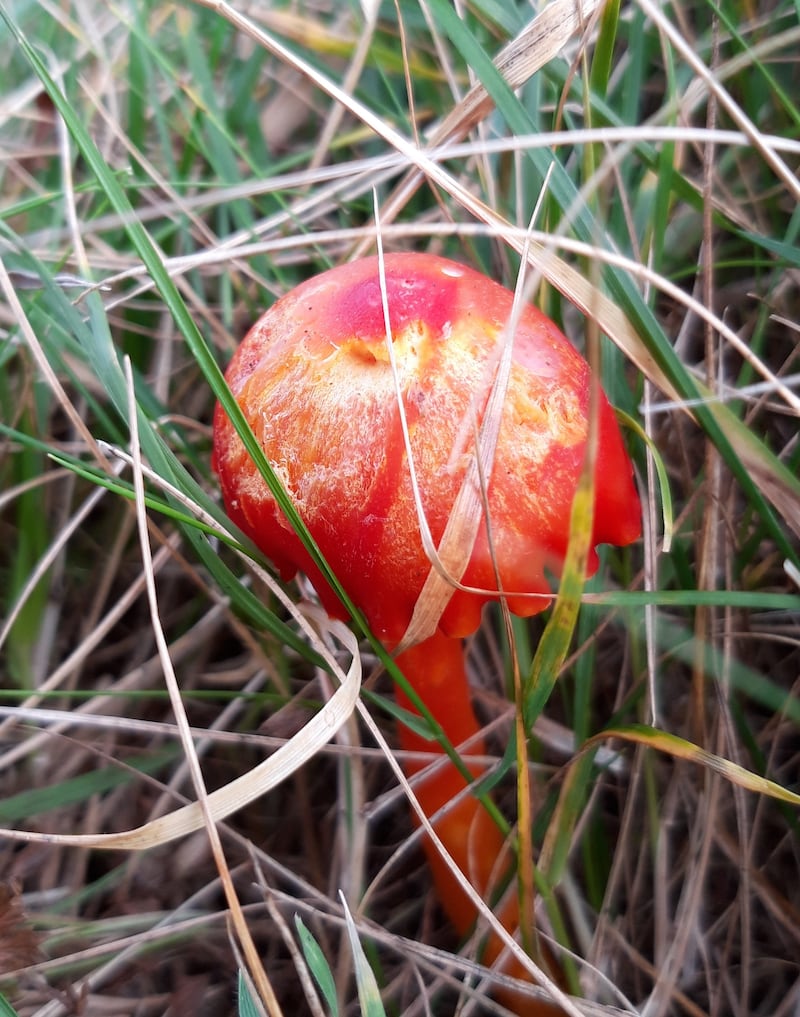
I found this striking red mushroom on Dunmore Head, Dingle, some time ago. What variety is it. – Brian O’Connor, Dublin
It is a waxcap fungus, and it could be any of several orange/red/yellow-coloured Hygrocybe species. This one seems to have a crenulated/indented cap margin, so it could be Hygrocybe coccineocrenulata.
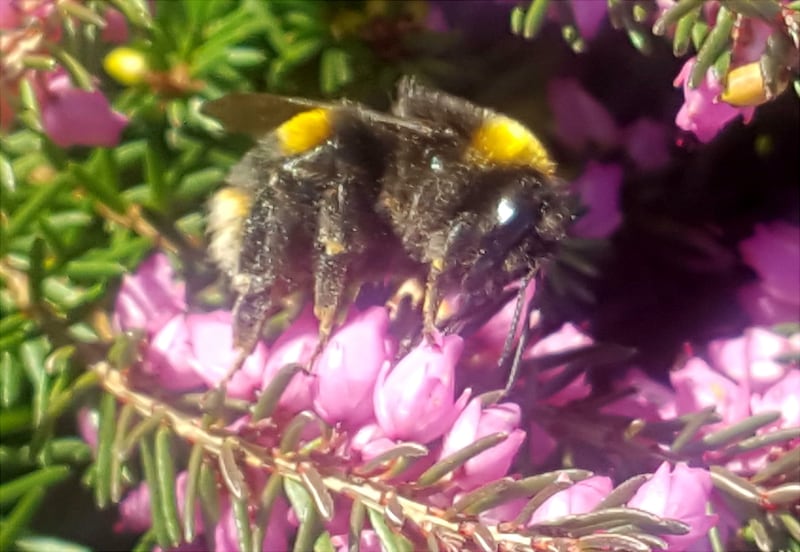
On Friday, January 13th, I saw a bumblebee feeding on a heather plant. Most unusual, I would think, for this time of the year to have bees feeding on flowers, and most considerate of those who plant winter-flowering shrubs and flowers. – Bobby Carty, Dublin
It is early, although the National Biodiversity Centre has a 2017 record from January 1st. These emerging queens vitally need supplies of pollen and nectar. Winter-flowering heathers are in bloom from November to March and can provide a lifeline for early foraging queens.
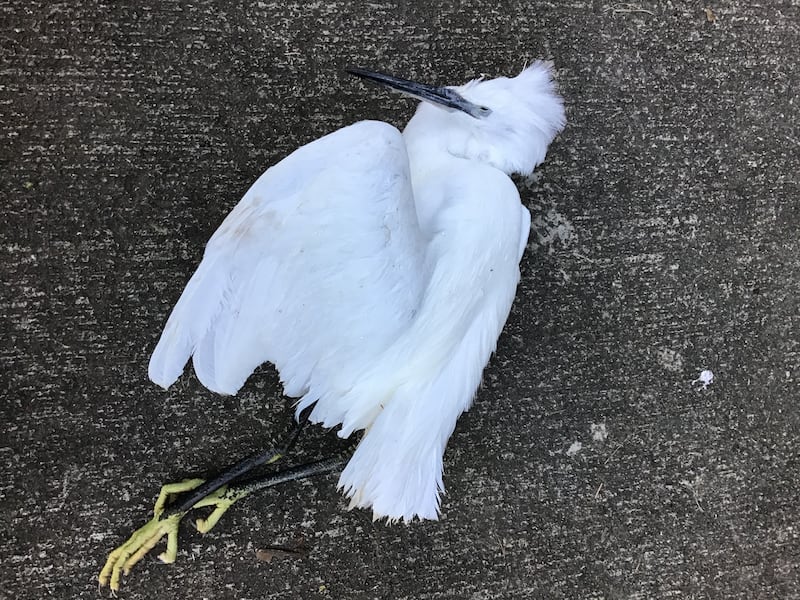
I found this little egret dead in a nearby field. One wing looks damaged. An unusual visitor; could it have died from hunger in this cold spell? – Jim Waldron, Co Roscommon
Little egrets have been recorded for Roscommon along the Shannon. Fish and aquatic creatures make up an important part of their diet, but they can also feed on land on frogs, small mammals, snails, insects, spiders and worms. The damaged wing may have led to its death, preventing it from flying back to a more reliable source of food in the river at this time of year and resulting in it ending up like the poor Bonnán buí of the poem.
Please submit your nature query, observation, or photo with a location, via www.irishtimes.com/eyeonnature
